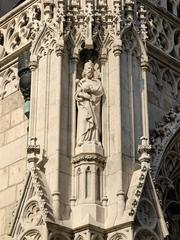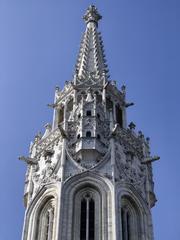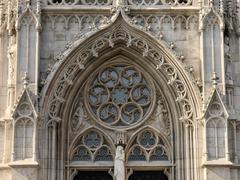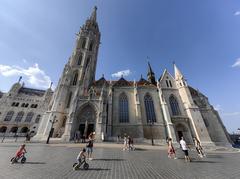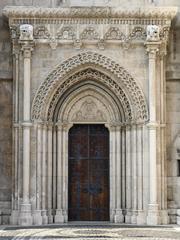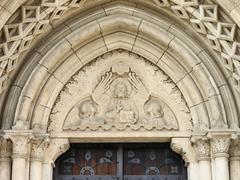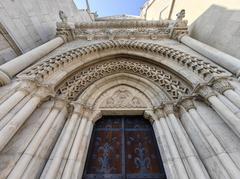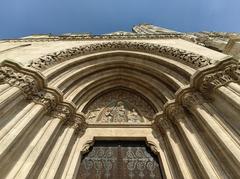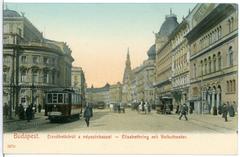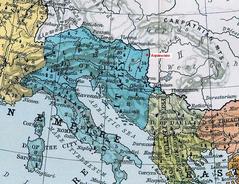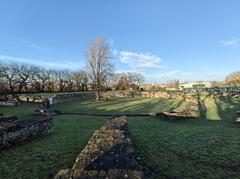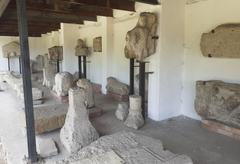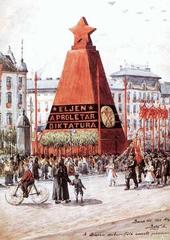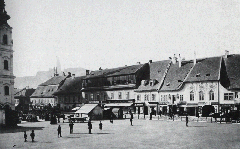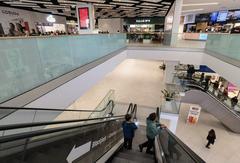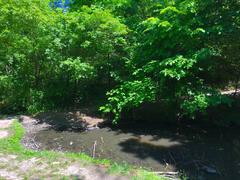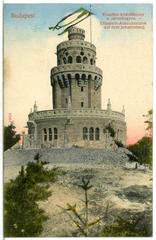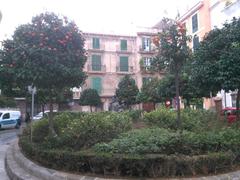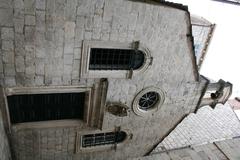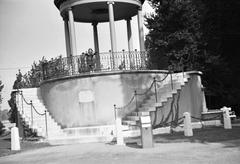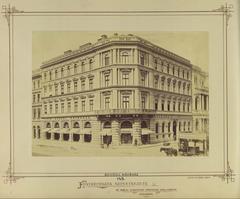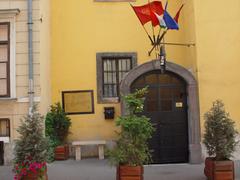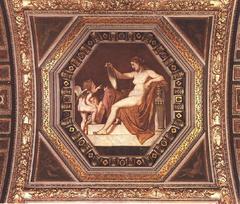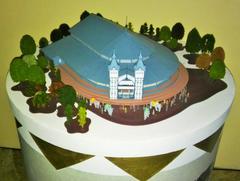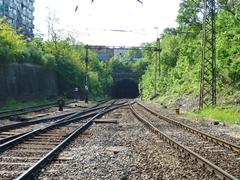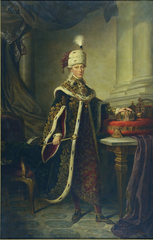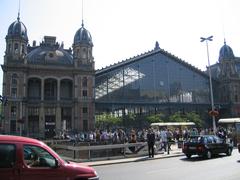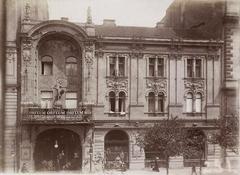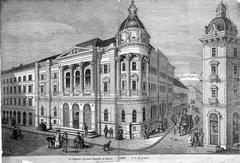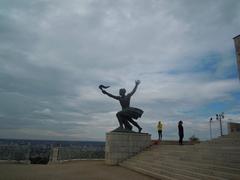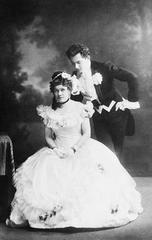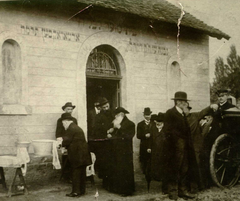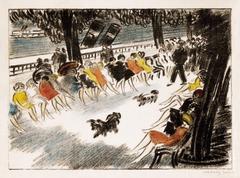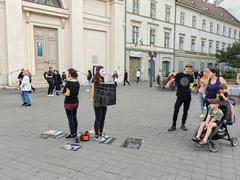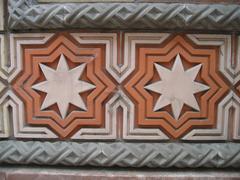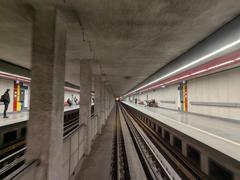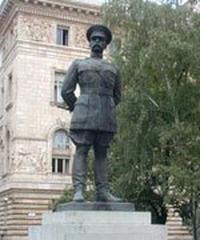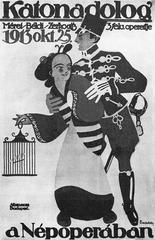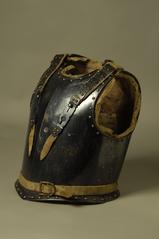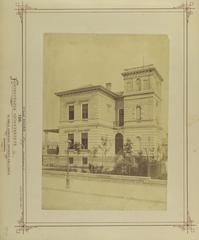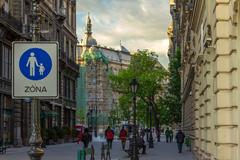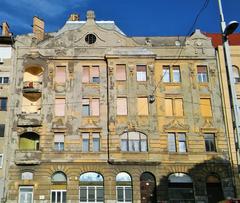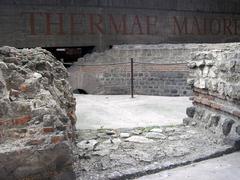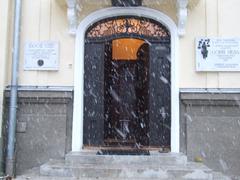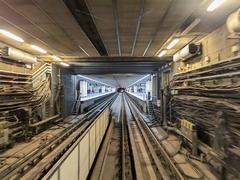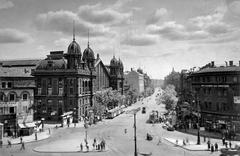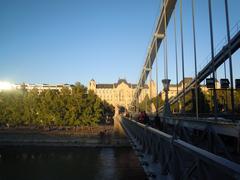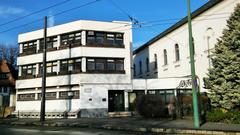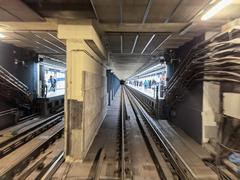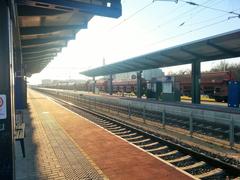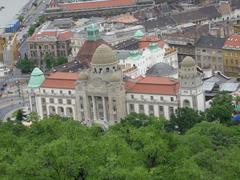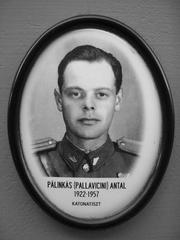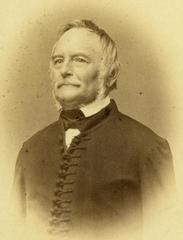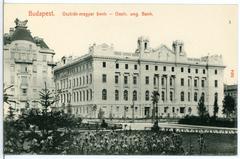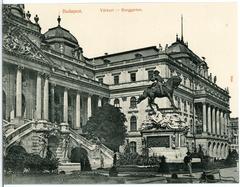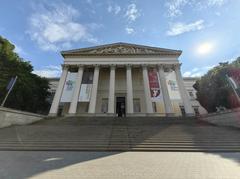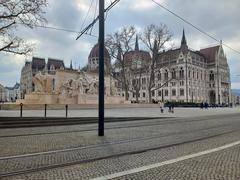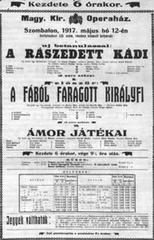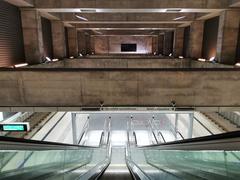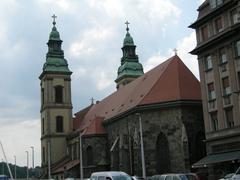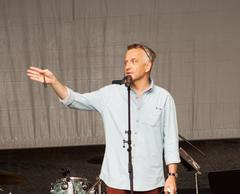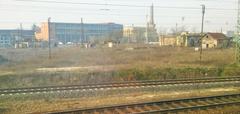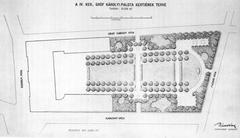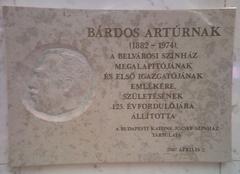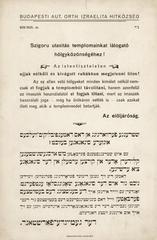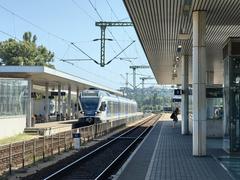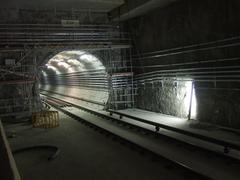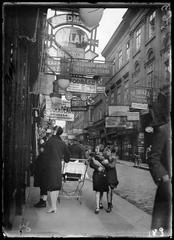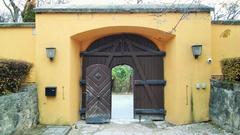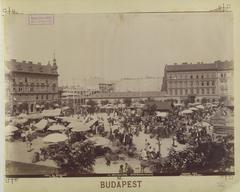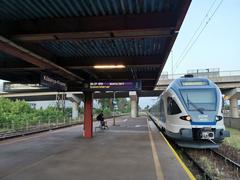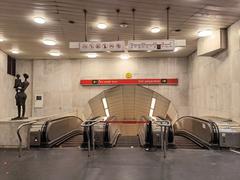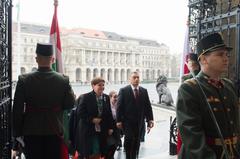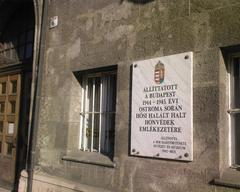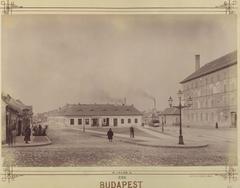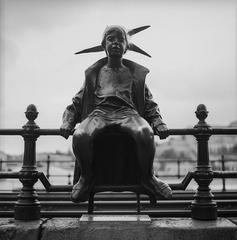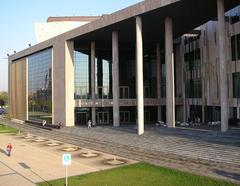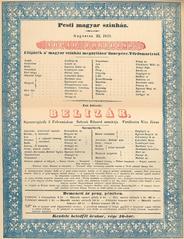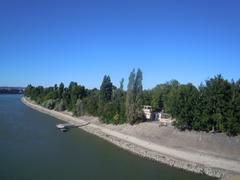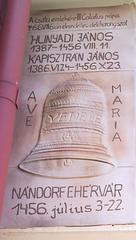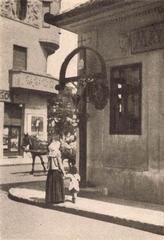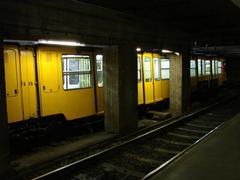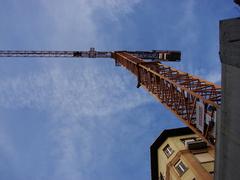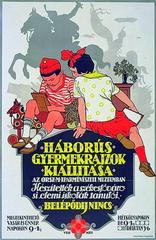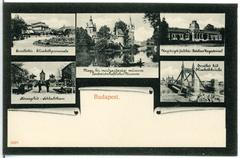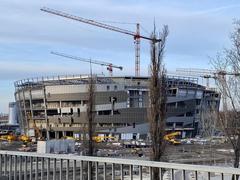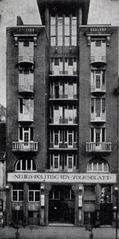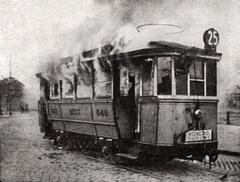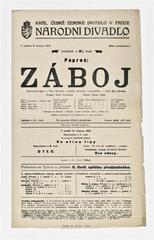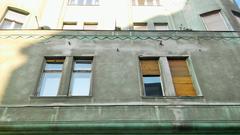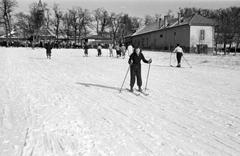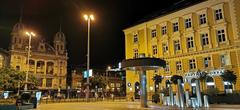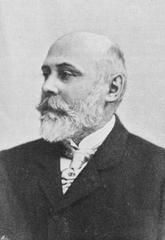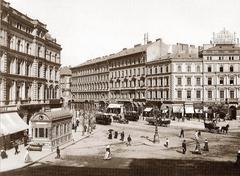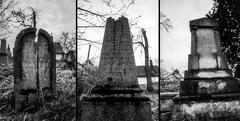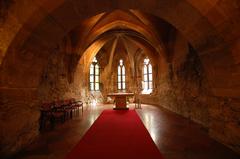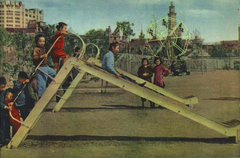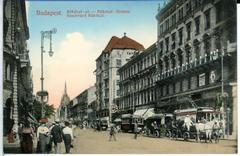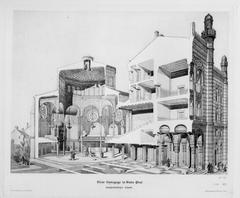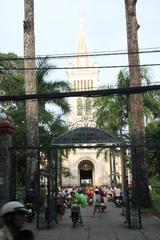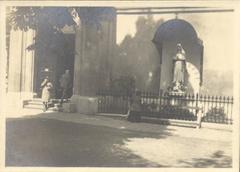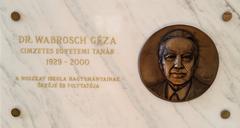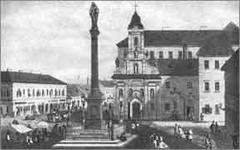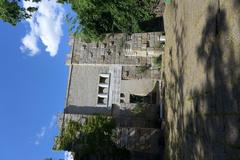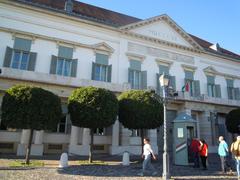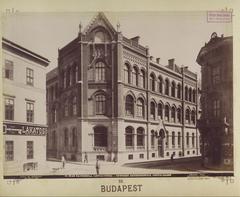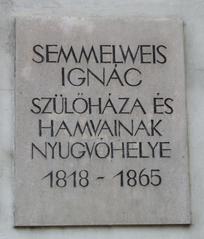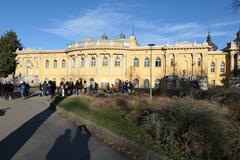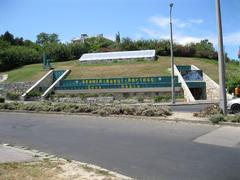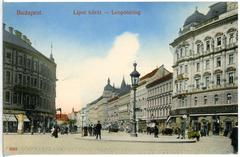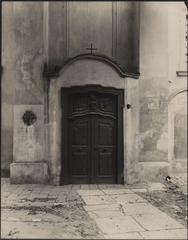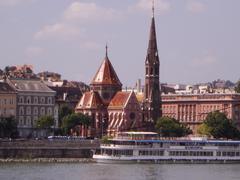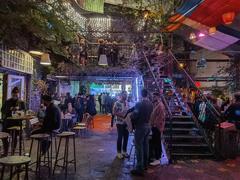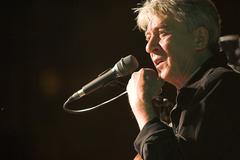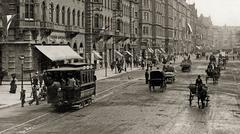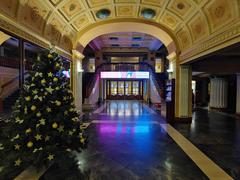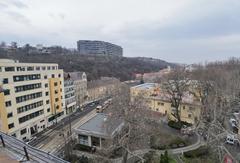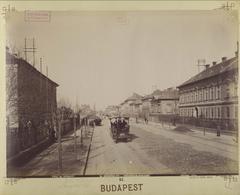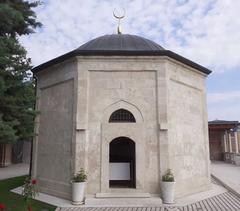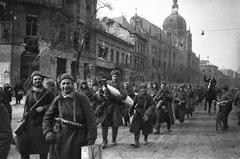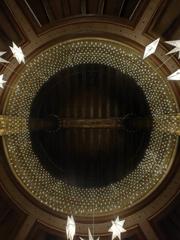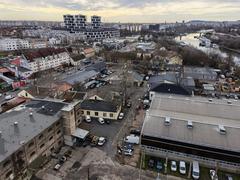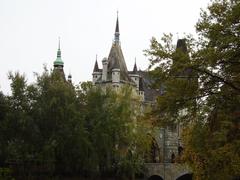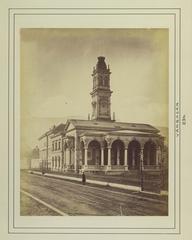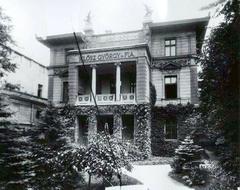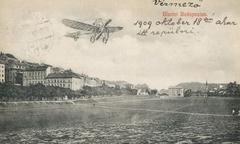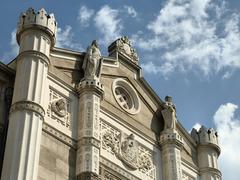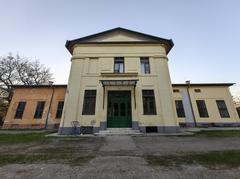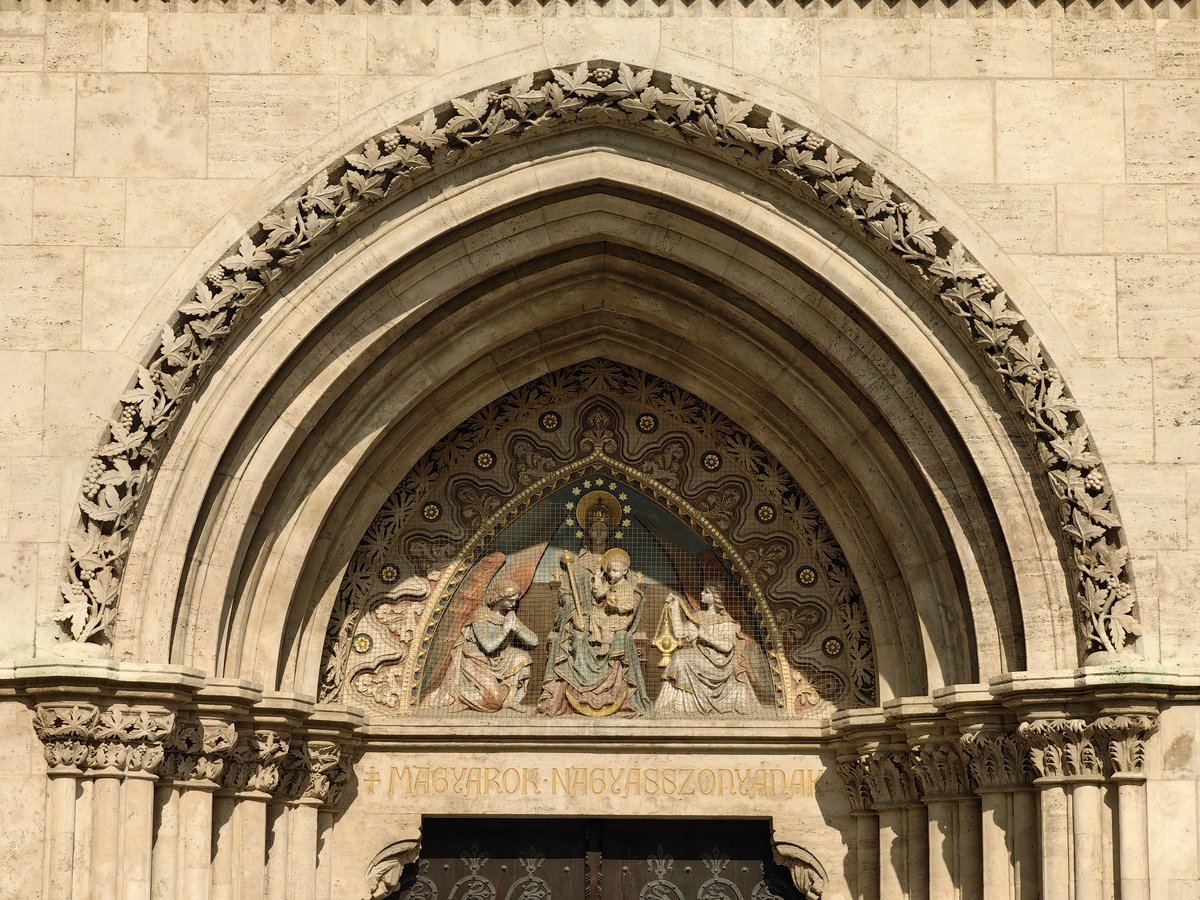
Visiting Hours, Tickets, and Key Information about Matthias Church in Budapest
Date: 16/08/2024
Introduction
Matthias Church, officially known as the Church of the Assumption of the Buda Castle, stands as a monumental testament to Hungary’s rich cultural and historical tapestry. Situated in the heart of Budapest’s Castle District, this iconic landmark draws nearly a million visitors annually, captivated by its stunning Gothic and neo-Gothic architecture, storied past, and vibrant cultural events. The origins of Matthias Church date back to the 13th century, with some historians suggesting it might have been founded by Saint Stephen, Hungary’s first king, around 1015 (All Things Budapest). Over the centuries, the church has undergone numerous transformations, influenced by significant historical events such as the Mongol invasion and the Ottoman occupation, and has served as a pivotal venue for royal coronations and weddings (Budapest City). Today, it continues to be a cornerstone of cultural and religious life in Hungary, hosting classical music concerts and special events that resonate with both locals and tourists alike. This comprehensive guide aims to provide an in-depth exploration of Matthias Church, covering its historical background, architectural highlights, visiting information, and nearby attractions to ensure a memorable and enriching visit.
Table of Contents
- [Introduction](#introductionintroduction)
- [Historical Background](#historical-backgroundhistorical-background)
- [Origins and Early Years](#origins-and-early-yearsorigins-and-early-years)
- [Gothic Transformation under King Béla IV](#gothic-transformation-under-king-béla-ivgothic-transformation-under-king-béla-iv)
- [The Reign of King Matthias Corvinus](#the-reign-of-king-matthias-corvinusthe-reign-of-king-matthias-corvinus)
- [Ottoman Occupation and Baroque Renovation](#ottoman-occupation-and-baroque-renovationottoman-occupation-and-baroque-renovation)
- [19th Century Neo-Gothic Restoration](#19th-century-neo-gothic-restoration19th-century-neo-gothic-restoration)
- [Royal Coronations and Burials](#royal-coronations-and-burialsroyal-coronations-and-burials)
- [Modern Significance](#modern-significancemodern-significance)
- [Architectural Highlights](#architectural-highlightsarchitectural-highlights)
- [Visiting Information](#visiting-informationvisiting-information)
- [Visiting Hours and Tickets](#visiting-hours-and-ticketsvisiting-hours-and-tickets)
- [Practical Tips for Visitors](#practical-tips-for-visitorspractical-tips-for-visitors)
- [Nearby Attractions and Travel Tips](#nearby-attractions-and-travel-tipsnearby-attractions-and-travel-tips)
- [Special Events and Guided Tours](#special-events-and-guided-toursspecial-events-and-guided-tours)
- [Photographic Spots](#photographic-spotsphotographic-spots)
- [FAQ](#faqfaq)
- [Conclusion](#conclusionconclusion)
Historical Background
Origins and Early Years
Matthias Church has a storied history that dates back to the early 13th century. Some historians believe that the first church on this site may have been founded by Saint Stephen, the first king of Hungary, around 1015, although this belief lacks substantial supporting evidence (All Things Budapest). Initially dedicated to the Virgin Mary, it carried various names such as “The Church of Mary” and “The Church of Our Lady” until the 19th century.
Gothic Transformation under King Béla IV
The church underwent significant transformations during the reign of King Béla IV in the 13th century. Following the Mongol invasion, King Béla IV initiated the construction of a new church in the Gothic style, marking the beginning of the church’s architectural evolution (Budapest City). This period saw the establishment of the church as a prominent religious and cultural landmark in Buda.
The Reign of King Matthias Corvinus
The 15th century marked a significant transformation of the church under the reign of King Matthias Corvinus, after whom the church is named. King Matthias expanded and remodeled the church in the Gothic style, adding the imposing southern high tower, known as the Matthias bell tower. This period also saw the church being used as a preferred venue for royal weddings, including King Matthias’s own, making it a prestigious wedding location in Hungary (Wikipedia).
Ottoman Occupation and Baroque Renovation
The 16th century brought a turbulent period for Matthias Church during the Ottoman occupation of Hungary. In 1541, the church was converted into a mosque, and many of its Christian symbols were removed or covered. This period lasted until 1686 when the Habsburgs recaptured Buda, and the church was reconsecrated as a Catholic church. Following the reconquest, the church underwent a Baroque makeover, which included the addition of new altars and frescoes (History Hit).
19th Century Neo-Gothic Restoration
The most significant restoration of Matthias Church took place in the late 19th century under the direction of architect Frigyes Schulek. This restoration aimed to return the church to its Gothic roots while incorporating neo-Gothic elements. The roof was covered with the famous Zsolnay ceramic tiles, and the interior was adorned with frescoes and stained glass windows. This extensive renovation was completed between 1895 and 1903, giving the church much of its current appearance (Budapest Travel Tips).
Royal Coronations and Burials
Matthias Church has played a significant role in Hungary’s royal history. It was the site of several coronations, including that of Franz Joseph I of Hungary and Elisabeth, and Charles IV of Hungary and Zita of Bourbon-Parma. The church also houses the burials of notable Hungarian monarchs, such as Béla III of Hungary and his first wife, Agnes of Antioch, whose remains were interred in the chapel located in the northern nave of the church in 1898 (All Things Budapest).
Modern Significance
Today, Matthias Church stands as a cultural cornerstone in Hungary. The church’s impressive acoustics make it a popular venue for organ and classical music concerts, further cementing its status as a cultural cornerstone in Hungary (Budapest City).
Architectural Highlights
Matthias Church is renowned for its architectural grandeur, characterized by its Gothic and neo-Gothic elements. The church’s bell tower stands at an impressive 78 meters, and its roof is adorned with colorful Zsolnay tiles. Inside, visitors can admire the intricate frescoes, stained glass windows, and the Museum of Ecclesiastical Art, which houses several sacred relics and replicas of the Hungarian royal crown and coronation jewels (History Hit).
Visiting Information
Visiting Hours and Tickets
Matthias Church is located in Holy Trinity Square, in front of the Fisherman’s Bastion in the Castle District of Buda. The church is open to visitors from Monday to Friday, 9 am to 5 pm, on Saturdays from 9 am to 12 pm, and on Sundays from 1 pm to 5 pm. Admission tickets are required to visit the church’s interior and the bell tower, with separate tickets needed for each. Guided tours are available in English, providing visitors with an in-depth understanding of the church’s history and significance (Where to Stay in Budapest).
Practical Tips for Visitors
When visiting Matthias Church, it is important to adhere to the dress code, which requires clothing that covers shoulders and knees. Using phones for calls or social media is not allowed inside the church, although taking pictures is permitted. Smoking, eating, and bringing pets into the church are also prohibited. Visitors can reach the church via bus, funicular, or by walking up Castle Hill (Where to Stay in Budapest).
Nearby Attractions and Travel Tips
Matthias Church is situated in the heart of the Castle District, surrounded by several other historical sites and attractions. Nearby, you can visit the Fisherman’s Bastion, Buda Castle, and the Hungarian National Gallery. The area offers various dining options where you can enjoy traditional Hungarian cuisine. For a more immersive experience, consider joining a guided tour that covers not only Matthias Church but also other significant landmarks in the district.
Special Events and Guided Tours
Matthias Church hosts a variety of special events throughout the year, including classical music concerts and religious ceremonies. Check the church’s official website for an event calendar. Guided tours are available in multiple languages and offer a deep dive into the church’s history, architecture, and cultural significance. These tours often include access to areas not open to the general public, providing a unique and enriching experience.
Photographic Spots
The church and its surroundings offer numerous opportunities for stunning photographs. The Fisherman’s Bastion provides an excellent vantage point for capturing the church’s exterior, while the intricate interior details make for compelling close-up shots. Early morning or late afternoon light can add a magical quality to your photos.
FAQ
What are the visiting hours for Matthias Church?
- Matthias Church is open from Monday to Friday, 9 am to 5 pm, on Saturdays from 9 am to 12 pm, and on Sundays from 1 pm to 5 pm.
How much do tickets cost for Matthias Church?
- Admission tickets are required for the interior and the bell tower, with separate tickets needed for each. Prices vary, so check the official website for the most current information.
Are guided tours available?
- Yes, guided tours are available in English and other languages, offering an in-depth understanding of the church’s history and significance.
What is the dress code for visiting Matthias Church?
- Visitors are required to wear clothing that covers shoulders and knees.
Can I take pictures inside the church?
- Yes, taking pictures is permitted, but using phones for calls or social media is not allowed inside the church.
How can I reach Matthias Church?
- Visitors can reach the church via bus, funicular, or by walking up Castle Hill.
Conclusion
In conclusion, Matthias Church is far more than just an architectural marvel; it is a living symbol of Hungary’s national identity and cultural heritage. The church’s rich history, from its founding possibly by Saint Stephen to its significant transformations under various monarchs and occupiers, encapsulates the tumultuous yet resilient spirit of Hungary. The late 19th-century restoration led by architect Frigyes Schulek returned the church to its Gothic roots, adding neo-Gothic elements that enhance its visual grandeur today (Budapest Travel Tips). Whether you are drawn by its historical significance, stunning architecture, or cultural events, a visit to Matthias Church promises a captivating experience. The church’s role as a venue for concerts and its proximity to other historical sites like the Fisherman’s Bastion and Buda Castle make it an essential stop for anyone exploring Budapest. By adhering to practical tips such as the dress code and taking advantage of guided tours, visitors can fully immerse themselves in the rich history and cultural significance of this iconic landmark. For the latest updates and more travel tips, consider downloading the Audiala app or following Matthias Church on social media.
References
- All Things Budapest (2024). Matthias Church: History, Visiting Hours, and Tickets in Budapest. Retrieved from All Things Budapest.
- Budapest City (2024). Matthias Church: History, Visiting Hours, and Tickets in Budapest. Retrieved from Budapest City.
- Wikipedia (2024). Matthias Church. Retrieved from Wikipedia.
- History Hit (2024). Matthias Church. Retrieved from History Hit.
- Budapest Travel Tips (2024). Visit Budapest: Matthias Church. Retrieved from Budapest Travel Tips.
- Where to Stay in Budapest (2024). Matthias Church Budapest Guide. Retrieved from Where to Stay in Budapest.
- The Flashpacker (2024). Matthias Church Budapest. Retrieved from The Flashpacker.
- Matyas Templom (2024). History of the Church. Retrieved from Matyas Templom.
- The Better Vacation (2024). Matthias Church Budapest. Retrieved from The Better Vacation.

